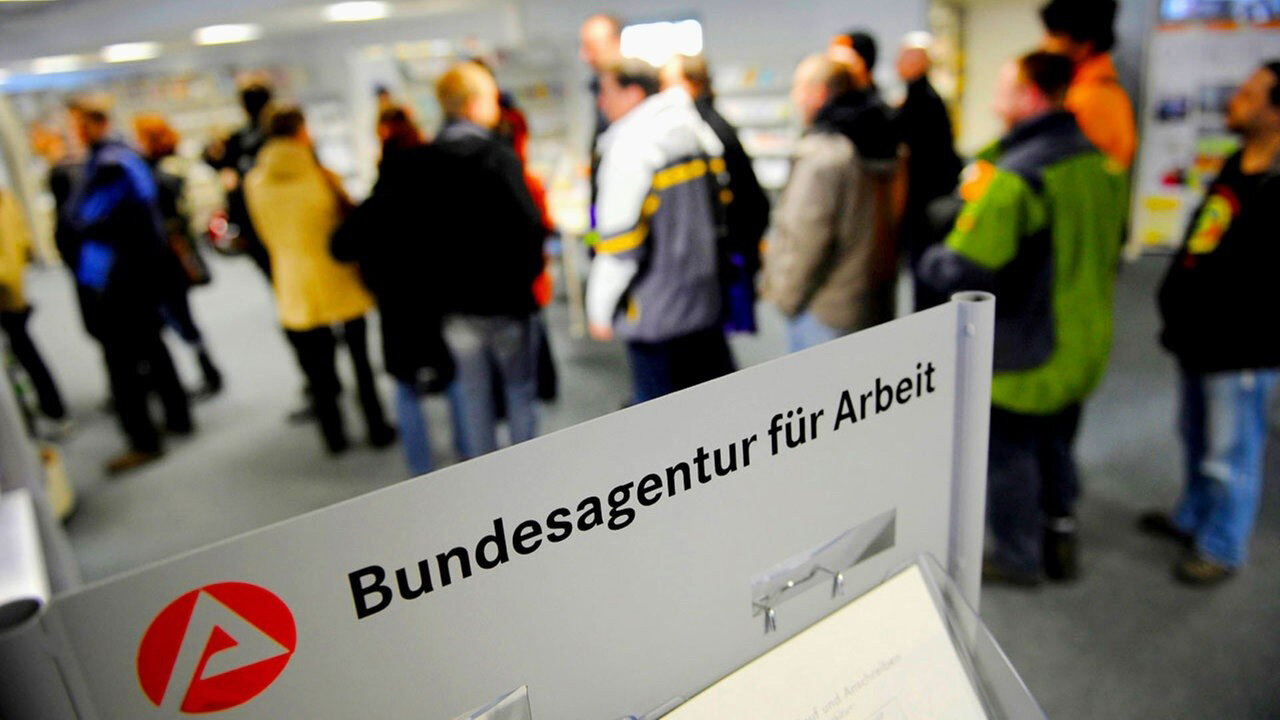читайте также
 Calgary Approves 2026 Property Tax Rise
Calgary Approves 2026 Property Tax Rise
 The average price per housing unit in Italy increased by 2.7% in 2025, reaching €2104 per square meter
The average price per housing unit in Italy increased by 2.7% in 2025, reaching €2104 per square meter
 Excise Taxes Below Inflation: Turkey Adjusts Its Tax Policy
Excise Taxes Below Inflation: Turkey Adjusts Its Tax Policy
 EU Tightens Deportation Rules
EU Tightens Deportation Rules
 Interest Rate in Question: Bank of Israel Assesses Inflation, Currency Trends and Risks
Interest Rate in Question: Bank of Israel Assesses Inflation, Currency Trends and Risks
 Georgia completes construction of the Rikoti Pass motorway
Georgia completes construction of the Rikoti Pass motorway
Germany has compiled a ranking of the best employers of 2025

The ranking of the best employers in Germany was published by the platform LinkedIn. The platform's experts determined leadership based on stability, social benefits, growth opportunities, and innovation culture.
Siemens ranked first in the index. Experts noted that the company became the leader thanks to its combination of stability, global opportunities, and sustainable development. Siemens is actively developing automation and green technologies, which is also a competitive advantage.
The TOP 10 best employers also include:
Stryker – known for its corporate culture and innovations in medical technology. Strong focus on R&D and high salaries.
ServiceNow – a fast-growing company in the field of AI and business process digitalization. Attracts employees with flexible schedules and career opportunities.
Bain & Company – high level of corporate culture and personal growth, especially for young professionals.
Roche and Boehringer Ingelheim – leading pharmaceutical companies focused on scientific research.
Bosch – invests in software and electronics, offers flexible schedules and professional development programs.
PwC – provides guaranteed stability and career advancement.
Medtronic and Eli Lilly – recognized for inclusivity and employee development.
The German labor market
The German labor market shows resilience despite macroeconomic challenges in recent years. According to the Federal Employment Agency (BA), at the beginning of 2025, there were about 45.6 million officially employed people in the country — one of the highest figures in German history.
The unemployment rate stands at 4.9%, one of the lowest levels in recent years. However, Reuters notes that unemployment is expected to rise to 6% in 2025 Reuters.
Unemployment rate:
January 2023: 5.3%
January 2024: 5.0%
January 2025: 4.9%
Amid demographic aging and a shortage of skilled labor, the government is actively adapting labor laws to attract foreign workers.
Labor migration level
From 2021 to 2024, Germany issued over 500,000 work visas. The key driver was the shortage of specialists in engineering, medicine, and IT. The launch of the "Chancenkarte" (Opportunity Card) in 2024 became a milestone: migrants can enter the country without a job contract and search for employment for up to one year.
According to a study by the Bertelsmann Stiftung, Germany needs an annual inflow of 288,000 foreign workers until 2040 to offset the shrinking labor force due to population aging, reports The Economic Times.
Regional labor markets
South (Bavaria, Baden-Württemberg): The most dynamic labor market, especially in engineering, manufacturing, and healthcare. Unemployment below 3.5%.
West (North Rhine-Westphalia, Hesse): Developed banking sector, IT, logistics. Unemployment 4.5–5%.
East (Brandenburg, Saxony, Thuringia): High share of public sector and industry but fewer investments. Unemployment 6–7%.
North (Hamburg, Schleswig-Holstein): Strong maritime cluster, transport, and healthcare. Unemployment around 5%.
Salaries
The average gross salary in Germany in 2024 was about €4,500 per month, according to Nation Wide Visas. Salary ranges by sector:
IT and engineering: €5,000–€7,000
Medicine: €4,500–€6,000
Logistics and manufacturing: €3,000–€4,000
Service sector: €2,500–€3,500
Foreign professionals
In 2024, the share of foreign workers exceeded 13% of all employed. The largest growth is among professionals from India, Turkey, the Balkans, and Eastern Europe. High demand exists for:
- Medical personnel (nurses, doctors)
- Programmers and AI specialists
- Electricians and mechanical engineers
However, according to Deutsche Welle, despite 2023 reforms aimed at simplifying the recruitment of skilled foreign workers, Germany still struggles to attract the needed number of professionals.
Unemployment benefits
As of January 1, 2023, Germany introduced the Bürgergeld benefit, replacing the previous Hartz IV system.
By the end of 2024, the base amount for single adults was €563 per month, plus compensation for rent and utilities.
In 2025, a bonus of €1,000 is planned for long-term unemployed individuals who find a job and keep it for at least one year, reports The Local.
Labor migrants from former USSR countries
Migration from CIS countries (especially Ukraine, Georgia, Armenia, Kazakhstan, Belarus, and Moldova) remains significant.
After the onset of the conflict in Ukraine in 2022, migration from that country surged. Most Ukrainians work in care, construction, logistics, and food services.
Key features:
- Good knowledge of Russian eases integration into post-Soviet communities
- Many migrants receive support through language courses and diploma recognition
- Citizens of Ukraine, Georgia, and Moldova enjoy visa-free entry, but need a separate status to work
- Kazakhstan and Armenia are among the priority countries in new labor migration quotas
Main barriers:
- Bureaucracy in qualification recognition
- Long visa processing times
- Requirement to prove German language skills (minimum A2-B1 level)
Neighboring labor markets
The Netherlands and Denmark offer more flexible entry conditions and higher digitalization of public services.
Austria provides a simplified qualification recognition system but has fewer job vacancies.
Czechia and Poland attract CIS citizens with lower language barriers, but wages there are significantly lower than in Germany.
Germany remains an attractive country for labor migration, especially for highly qualified professionals. However, bureaucratic hurdles and integration challenges may make alternative markets — particularly the Netherlands and Scandinavia — more comfortable for migrants.





